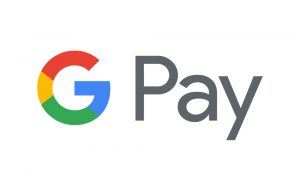When Alphabet Inc. last month rebranded its mobile-payment service as Google Pay, it said further changes and features were coming. On Monday, it began to deliver on that prediction with dual announcements that herald an expansion of the service’s availability online and bring it to the potentially enormous market for contactless mass-transit payments.
Shopify Inc., an Ottawa-based payments provider for small and mid-size merchants both online and in physical stores, said it has integrated Google Pay to streamline checkouts for what it says are “hundreds of millions” of consumers. Shopify says it is the first commerce platform to perform an integration with Google Pay, which formerly was known as Android Pay.

“We are helping our merchants tackle one of the toughest challenges in the industry—cart abandonment,” said Mohammad Hashemi, general manager of financial services at Shopify, in a statement. Google Pay acceptance is available to any merchant that has enabled Shopify Payments, the company says.
At the same time, Google Pay has moved into the mass-transit market by integrating with Mifare 2GO, a new, cloud-based contactless payment system from NXP Semiconducters NV. NXP’s original Mifare smart card service for mass transit is used in 750 cities worldwide.
The integration’s first deployment went live Monday on the monorail system in Las Vegas, which links seven hotel properties on the city’s Strip. Fares on the system include $5 for a single ride and $13 for a 24-hour pass. The service allows Google Pay users to buy a ticket on their phone and redeem it by touching a terminal at the station. Users can also call up transit-station maps and digital receipts.
“By seamlessly integrating existing Mifare product-based fare-payment solutions with Google Pay, transport agencies can provide travelers with a complete digital experience via their mobile devices,” said Pali Bhat, vice president of payments product management at Google, in a statement. “We believe this new integration provides a unique opportunity to create powerful new transaction and communication channels between public transit travelers and the systems they depend on.”
The Mifare technology dates to 1994 and was acquired the following year by Philips Electronics. It was retained by NXP when Philips spun off the company in 2006.




